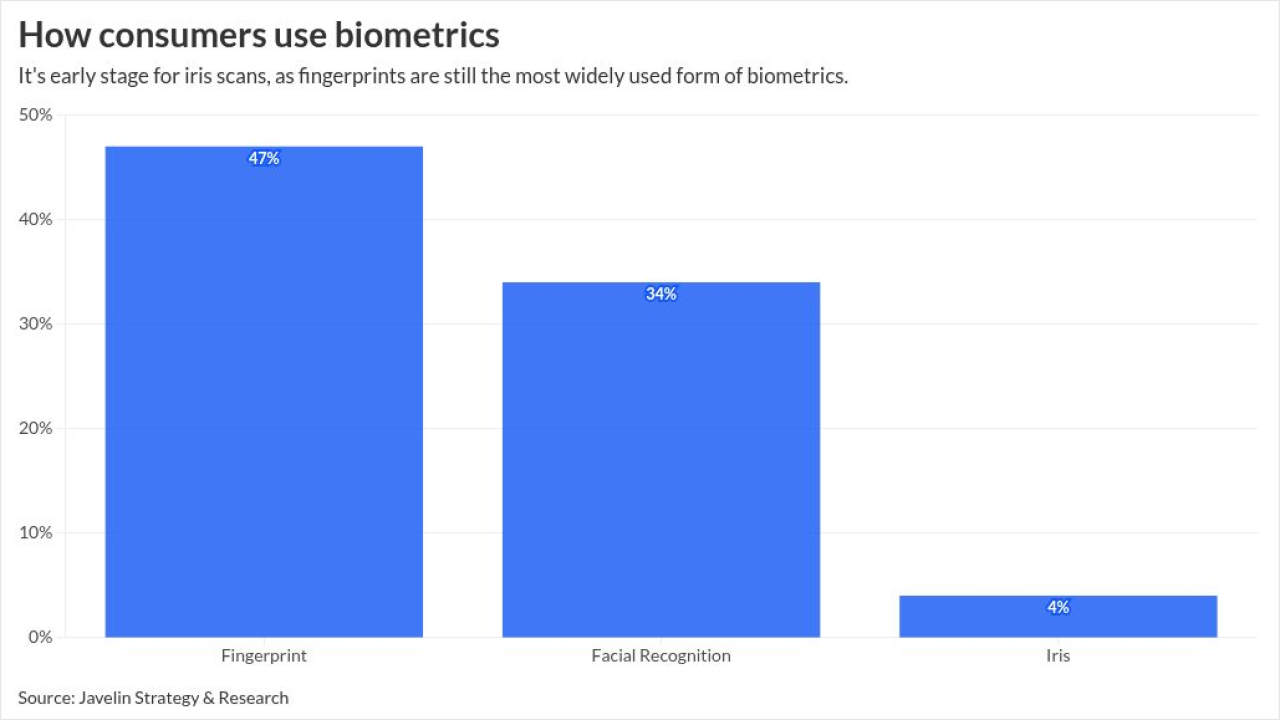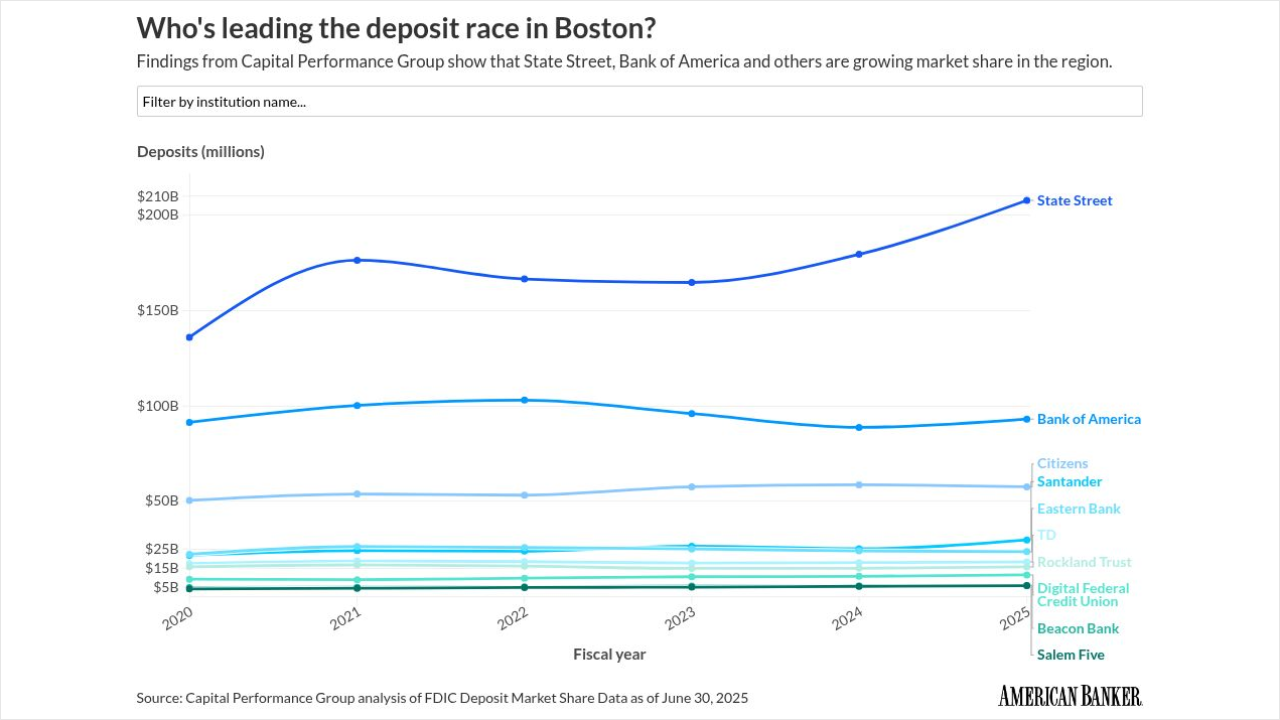As regulators see it, banks' own computer models provide the perfect gauge of how much capital to set aside for big swings in the value of securities and derivatives.
But some bankers and risk management experts aren't so sure that the models, which use historical market data and statistical projections to estimate how much the value of a bank's portfolio can rise or fall, can be translated into fair capital standards.
A group of Federal Reserve Board economists agrees, and has proposed a radically different approach.
For now, only the 25-odd big U.S. banks that will have to meet new capital standards starting in 1998 are affected by this debate. But the outcome will also say a lot about whether regulators can ever extend their capital adequacy standards, which now factor in only credit risk, to cover the array of risks faced by banks.
Behind the controversy is the Basel Committee on Banking Supervision, which agreed on risk-based capital standards for credit risk in 1988 and has been struggling ever since to add what it calls "market risk" to the equation.
Originally the Basel Committee - made up of banking supervisors from 12 wealthy nations - proposed a standardized market risk capital formula. But U.S. banks and bank regulators objected, and in April 1995 the committee proposed letting banks choose between following the regulatory formula or using their own computer models to calculate how much capital they must set aside. Last month, the Basel panel formalized this two-pronged approach as an amendment to its 1998 capital accord.
The internal models approach has clear advantages.
Complex models are now used to give bankers simple, understandable "value-at-risk" numbers that quantify how much money they could make or lose over a set period of time. These computer simulations allow banks to keep track of derivatives, securities, and foreign exchange trading risks in ways that couldn't have been imagined just a few years ago - and in ways that a standardized regulatory formula never could match.
Allowing banks to use their existing computer models could therefore not only save them from having to fill out a lot of paperwork, but would have the potential for setting capital standards more precisely and fairly.
Also, the banks and software companies that measure value-at-risk agree on general principles of how it should be done. This is not the case with interest rate risk modeling, which is one reason why the banking agencies have virtually given up on developing a rate risk capital standard.
But the value-at-risk models do have their differences, and their blind spots.
"Value-at-risk is a very valuable tool," said Tanya Styblo Beder, a principal in the New York consulting firm Capital Market Risk Advisors. "However, if it is misused or misunderstood in terms of its limitations, it can delude people into thinking all is well when all is not well."
What are the computer models' limitations? They are short-term in nature - most banks' models assume that securities and derivatives will be held for only a day. Banks also must make a lot of assumptions and omissions to fit widely varying assets and liabilities into one computer model. Different ways of calculating value-at-risk can deliver much different results. And so far no one has found a way of programming into the models how much risk a bank is likely to take, or how well its risk management systems will work.
"Even putting aside limitations in estimating one-day risk exposures, the models are not designed to measure the longer-horizon exposure that is the intended basis of a regulatory capital requirement," wrote Federal Reserve Board senior economists Paul H. Kupiec and James M. O'Brien in a paper published in December.
As a result, some bankers think rules based on value-at-risk will overstate how much capital they need.
"To extrapolate from a daily value-at-risk to the capital required for annual losses may not be valid," said Evan Picoult, a managing director of risk analytics at Citibank. "It would tend to ignore internal risk management procedures which would limit losses."
That view is not universally shared. Tanya Azarchs, a director of financial institutions ratings at Standard & Poor's, argued in a company publication last summer that a standard based on value-at-risk will underestimate capital needs.
"The method is not designed to project the maximum loss a firm could suffer during any financial reporting period, particularly bear markets," she wrote.
The regulators who helped frame the market risk standards say they took these limitations into account.
"That's baked in the cake in this approach," said Christine Cumming, a senior vice president at the Federal Reserve Bank of New York, at a Federal Deposit Insurance Corp. derivatives conference Feb. 9. "It's tailored to a bank's specific risk profile; it will evolve with the bank's specific risk profile."
The market risk standard agreed on by the Basel Committee forces banks to work within certain parameters in setting up their computer models, then multiplies the daily value-at-risk figure to come up with a capital charge.
It also now includes a detailed "back-testing" formula that requires banks that haven't done a good job of predicting the volatility of their portfolios to post extra capital. The FDIC, Fed, and the Office of the Comptroller of the Currency, which issued most of the market risk plan as a proposed rule last July, plan to publish the back-testing section for comment within a few weeks.
Ms. Beder, a former derivatives trader, said the back-testing requirement is a step in the right direction. But she added that coming up with a consistent, accurate quantitative measure for the risks associated with derivatives trading and other market activities may not be possible.
In a study published last fall, Ms. Beder tried eight different value- at-risk modeling techniques on the same portfolio and came up with one result 14 times higher than another.
Ms. Azarchs of Standard & Poor's surveyed money-center banks' 1994 annual reports and found that the value-at-risk figures they reported bore little relation to the actual volatility of their trading revenues.
Regulators - who tried to smooth out these differences by dictating boundaries within which banks must make their value-at-risk calculations - have drawn fire from money-center banks. The banks contend that the regulators are making the internal models approach just as rigid as the standardized approach.
"As soon as you try to get consistency, you take away the flexibility of the internal models," said Hannah Sorscher, vice president of global derivatives at Citibank.
Said Ms. Beder: "There's a lot of art to the science of risk management. I think from a regulatory standpoint, that's where you have to start."
Susan Krause, senior deputy comptroller for bank supervision policy at the OCC, said regulators tried to factor a little of the "art" of risk management into the market risk rule by requiring banks that want to use internal models to meet certain qualitative standards.
But Ms. Krause, while defending the market risk capital plan, agreed that capital standards have their limits.
"I do feel that we sometimes put too much emphasis on capital as being the primary risk management tool," she said. Instead, she said, regulators need to pay more attention to banks' risk management systems - something the OCC and Fed have already started to do in their examinations.
For now at least, the agencies are also moving ahead with the new capital requirements - in part because the capital charges envisioned simply aren't all that big. Using value-at-risk numbers from 1994 annual reports, Ms. Azarchs of Standard & Poor's calculated that J.P. Morgan's market risk capital charge would add up to $211 million, less than 3% of its 1994 equity capital. Citibank's market risk charge would be $718 million, 5% of 1994 equity capital.
At the Fed, however, another approach has been percolating. Devised by Mr. Kupiec and Mr. O'Brien, this "precommitment approach" would let banks decide for themselves how much capital to set aside for their trading activities, then face the consequences - fines, increased regulatory scrutiny, or embarrassing public disclosure - if their trading losses exceeded the capital cushion.
Patrick Parkinson, associate director of the Fed's division of research and statistics, started Mr. Kupiec and Mr. O'Brien on this path by assigning them to figure out how to validate banks' value-at-risk models for use in setting capital standards.
"They had been asked to push the internal models approach along, but instead went off in another direction," Mr. Parkinson said at the Feb. 9 FDIC derivatives conference.
The Federal Reserve Board enthusiastically endorsed the precommitment approach at its June 21 meeting. Big U.S. derivatives banks joined in the praise in comment letters to the Fed.
But the idea won little support on the Basel Committee, and Mr. Parkinson said the Fed will hold off on it until the Basel market risk rules have been finalized by U.S. regulators.





